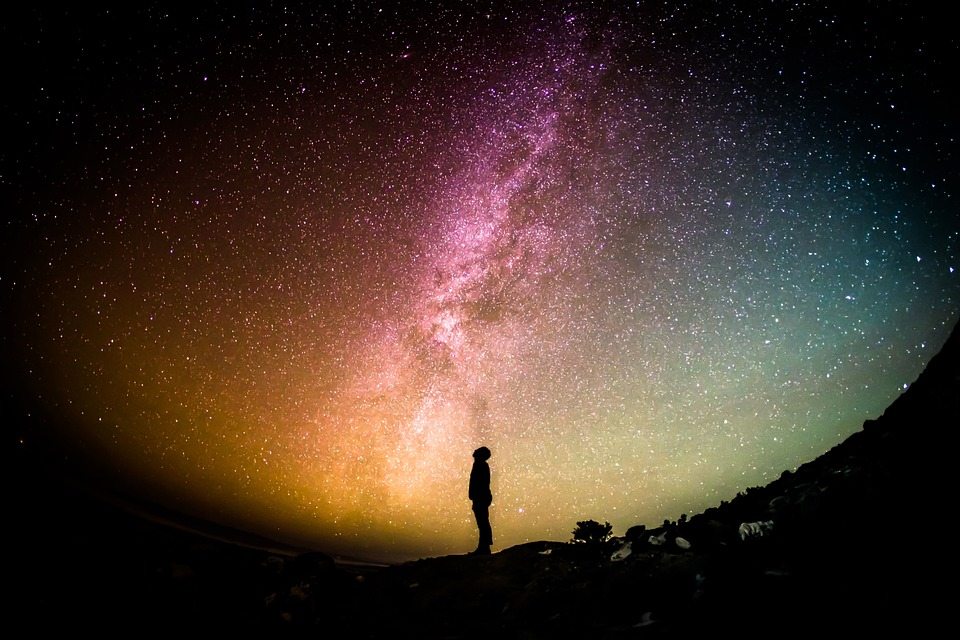Culture November 23, 2016


The light and space movement, rooted in Southern California in the 1960s, was created primarily to contemporize our perception and experience of the visual arts. Incorporating – not so subtly – light and space into each piece, the movement was a reaction to minimalism, abstract expressionism and the entrance into the post-modern era.
Neon, glass, resin, fluorescent lights and acrylic were some of the primary mediums used to create pieces of controlled geometric abstractions and installations. With the stripped-down aesthetic of minimally playing with light and space, the viewer becomes a participant in the works – this is an important component of the light and space movement.
The movement’s official commencement into the art world began in 1971, with an exhibit titled “Transparency, Reflection, Light, Space” at the University of California, Los Angeles. The group of artists that presented at the exhibit included Craig Kauffman, John McCracken, Robert Irwin, Peter Alexander and Larry Bell – all prominent, male artists linked with the birth of the movement.
READ MORE: Cindy Sherman: Feminist or Female Artist?
Fast forward to present day. There are now many diverse pioneers making a splash in the light and space movement. The women of this movement, Mary Corse and Helen Pashgian (through Ace Gallery in Downtown Los Angeles) are recognized for their contributions in Southern California. What has been historically recognized as a male-dominated field has been rethought, yet this time from the perspective of the female artist.
Mary Corse, a native to Berkeley but a Los Angeles dweller, began her breadth of work as an artist in the mid 1960s with her monochromatic paintings that lent themselves to a neutral palette consisting of whites, creams, grays and blacks. Her use of minimalism employed a controlled, geometric style — rejecting the looser, wilder quality of abstract expressionism.
Her three-dimensional work of plexiglass boxes holding fluorescent bulbs is an example of art meeting light. Ace, the gallery that represents Mary Corse, exhibited several installations in which large, white, glowing objects were on display, predating the tech age — a homage to the movement and to modern times.
READ MORE: How Global Warming Is Changing the Artistic Climate
Helen Pashgian, another female pioneer of the light and space movement, was born and bred in Pasadena. Her “Light Invisible” installation, shown at the LACMA in Los Angeles, was the first featured large-scale sculptural installation of the movement. Today, she is represented by Ace Gallery and her work is displayed as a continuing, rotating exhibit.
Pashgian is perhaps most widely known for her spherical and translucent objects, which largely resemble a mythical, crystal ball. With light, colors and patterns finishing each sphere, Pashgian wants the viewer’s experience to change depending on where his or her gaze is being physically directed.
Light, the historically sought-after quality of the Impressionist movement of the late 19th century, proves that what we see is so often influenced by light and shadow. While the works of contemporary art have been largely unbalanced, favoring the male direction, Mary Corse and Helen Pashgian’s recent recognition has pushed these women into the spotlight. Their contributions and continuing representation of the light and space movement are finally being celebrated.
READ MORE: How Polaroids Have Been Used as Art